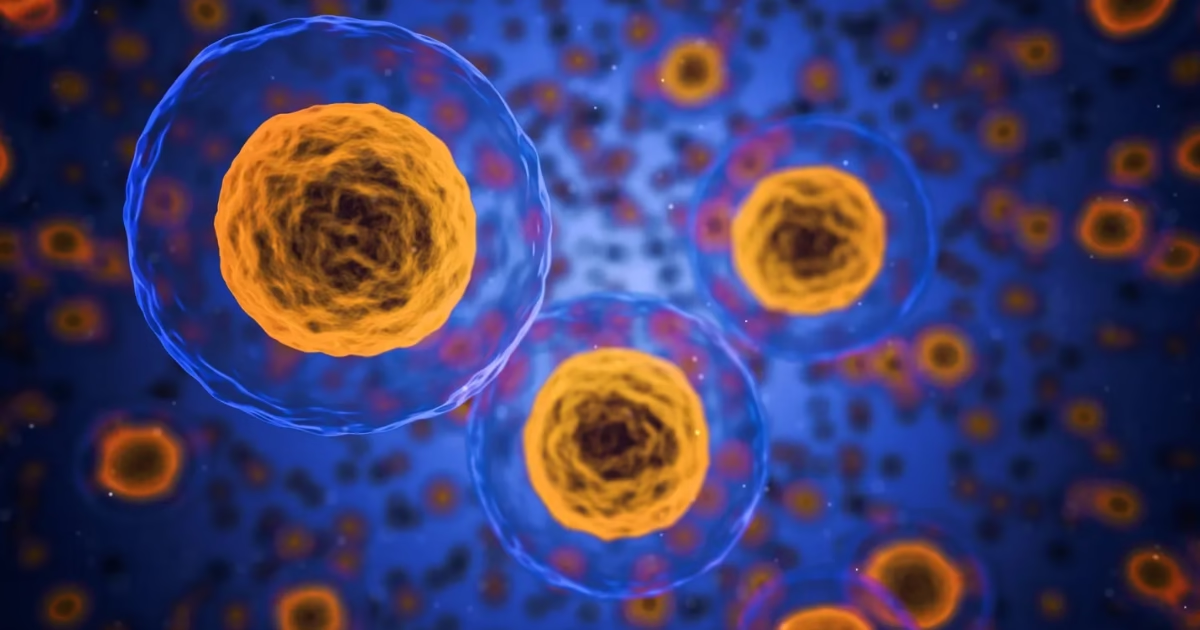Qur’an Interpretation Guidelines: Scientific Miracle Cautions
Qur’an interpretation guidelines help modern scholars avoid error when connecting Qur’anic verses to scientific discoveries. The miraculous nature of the Qur’an has fascinated scholars for centuries. While the core purpose of the Qur’an is to guide humanity to know and worship God, modern readers often seek scientific references within it. However, not every attempt to link science and scripture leads to correct conclusions.
Contemporary scholars approach miracles with new tools, using data and modern sciences to explain certain verses. This has especially affected fields like astronomy, medicine, botany, and zoology. Still, overemphasizing this trend risks distorting the original purpose and meaning of the Qur’anic message.
Scientific Miracle Claims
Many who present Qur’an guidelines lack proper training in Islamic knowledge or Qur’anic exegesis. As a result, they attempt to force scientific theories into the meanings of Qur’anic verses. They often overlook the rules of Arabic grammar and Islamic law, twisting verses to align with the latest discoveries.
Some interpretations go as far as suggesting that the Qur’an mentions the seven planets or equates the Throne with the known universe. These ideas lack support in classical Islamic texts and often result from trying to make modern science fit the Qur’anic language unnaturally.

Any interpretation beyond what the early generations (salaf) stated must meet several strict conditions. First, the scientific claim must be objectively true. Second, the Arabic wording must support it. Third, the interpretation must not contradict Islamic law or the sayings of the Companions and their followers.
Valid Scientific Interpretation Requires Strict Qur’an Interpretation Guideline
Even when something is true in science, Qur’an interpretation guidelines demand more. The verse must linguistically allow for the interpretation. For example, using the Arabic word dharrah (ذرة) to mean “atom” is invalid if classical Arabic never used the term that way.
A famous misinterpretation is linking the verse “created in stages” to Darwin’s theory. Since Darwin’s evolution theory contradicts Islamic teachings, applying it to that verse is invalid, even if it seems to fit superficially.
This blog is based on insights from Rameez Abid’s article “Some Cautious Guidelines on the ‘Scientific Miracles of the Qur’an’”.
Key concepts were adapted from the work “Al-Muyassar fi ‘Uloom al-Qur’an.”
Correct interpretation needs collaboration between scientists and qualified Islamic scholars. Each must respect their own field of expertise. This ensures no one stretches the Qur’an to match unverified theories.
Conclusion: Respecting Qur’an Interpretation Guidelines Ensures Accuracy
The Qur’an contains wisdom and guidance for all times, but it must be read with proper context and reverence. Qur’an interpretation guidelines protect the sacred text from being misrepresented by the latest scientific trends. Authentic understanding comes from merging traditional scholarship with verified knowledge—not by forcing a match where it doesn’t belong.







